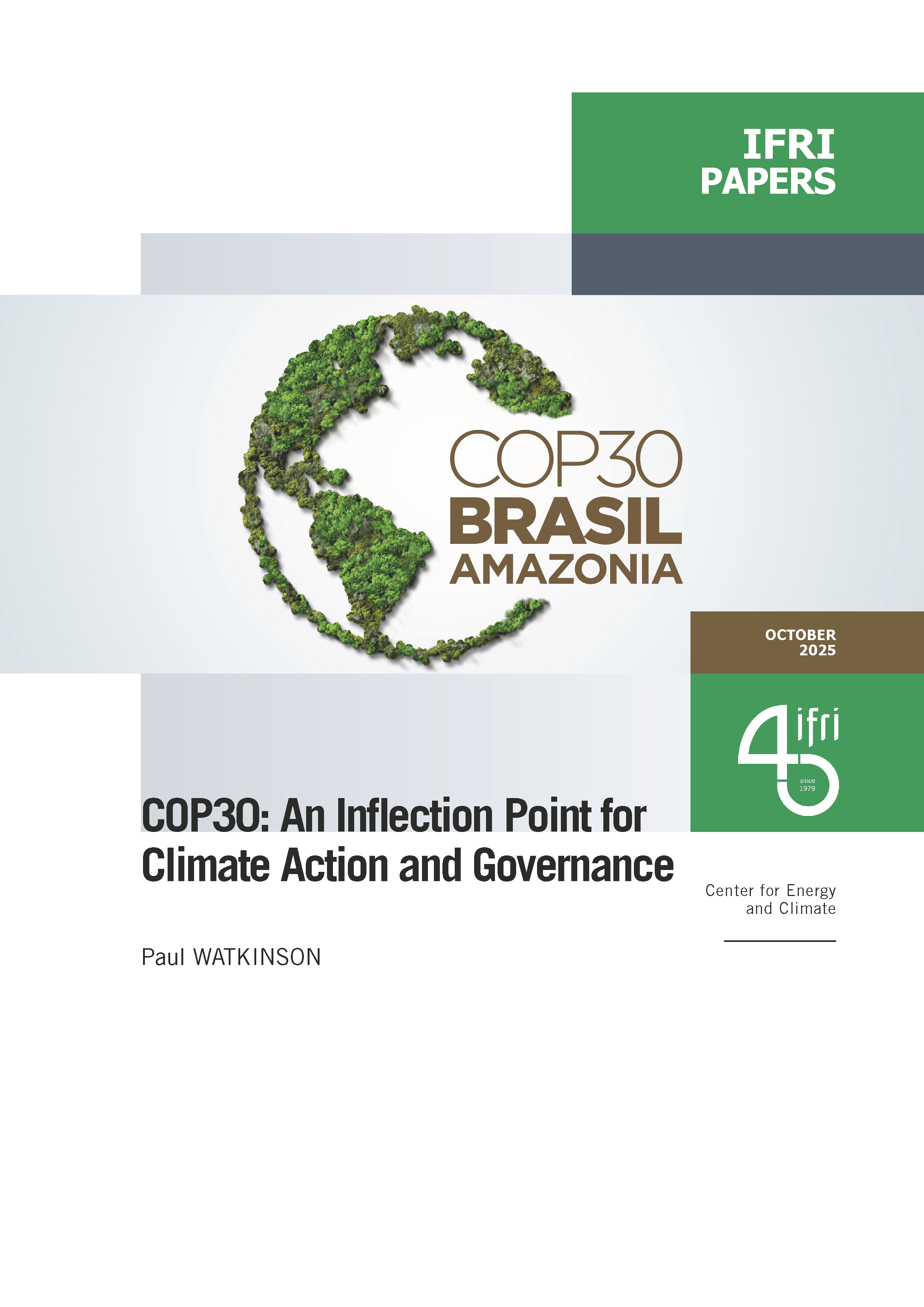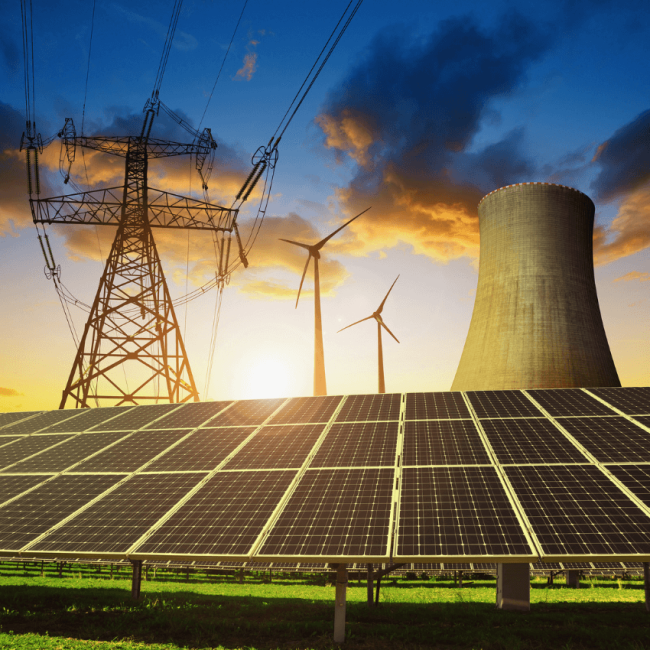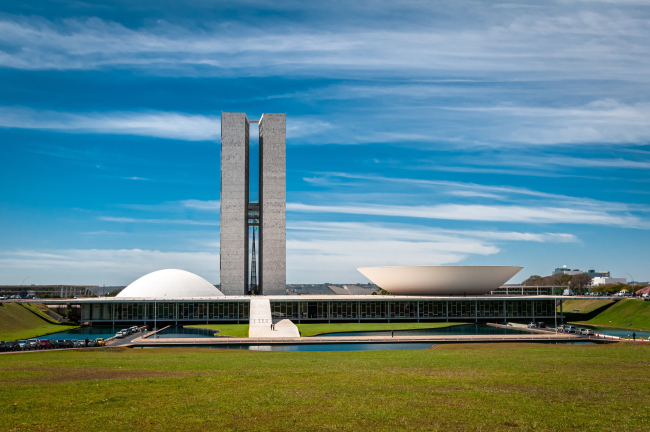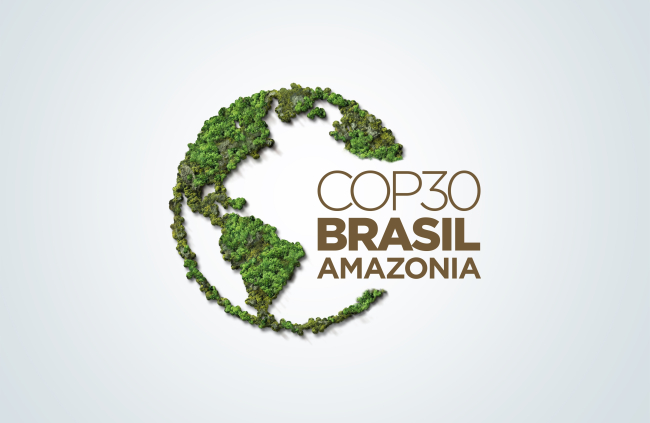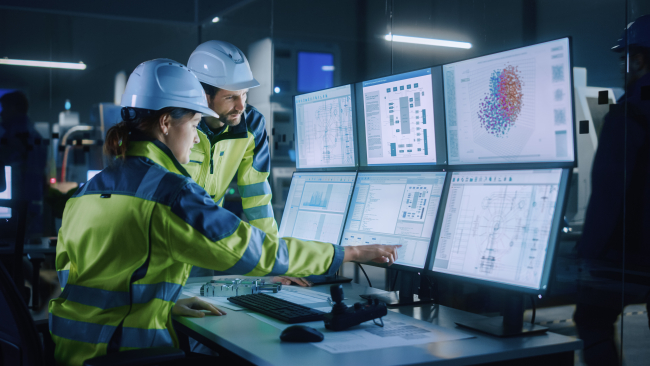Poznan ou la route vers Copenhague

Avec Pernille Nielsen, Conseillère principale du Ministre, Ministère du Climat et de l'Energie, Danemark, Richard Bradley, Chef d'unité, Efficacité énergétique et environnement, Agence Internationale de l'Energie, Pierre Dechamps, Conseiller, Energie et Changement climatique, BEPA/Commission Européenne.
A year after the historic Bali Climate Change Conference, the Poznan Conference, which took place from 1-12 December 2008, represents an important milestone in the negotiation of a new post-Kyoto international climate regime. Negotiators are now at the halfway point on the Bali Roadmap, which set up a two-year process to strengthen cooperation and secure a final agreement at the Copenhagen Conference next December.
Three eminent experts, deeply involved in the international negotiation process, will give their insights on the key results of Poznan, present the key remaining issues for the critical year ahead to Copenhagen and outline their aspirations and expectations for the Copenhagen Conference. Dr. Richard Bradley, former US climate change negotiator and current manager of IEA"s climate change activities will offer insights on the evolution of by-then President Obama"s climate change and energy team.
William C. Ramsay introduced the Energy Roundtable by reminding the general context of the climate negotiations: the negotiations are now at the halfway point on the Bali Roadmap. Just after the Poznan Conference, we should now assess its outcome. Moreover, it is time to discuss the prospects for the Copenhagen Conference in December: will it produce a final agreement? Poznan took place in a quite unique context in December 2008, as the EU was pursuing final negotiations on its climate and energy package in parallel, and the US was unable to take clear positions due to the presidential transition. Given the last-minute adoption of the EU climate and energy package, which now contains many compromises and concessions, one might ask if the package has reinforced or rather weakened EU leadership on the issue. At the same time, the world is wondering what one can expect from the Obama administration, in terms of new domestic legislation and the US position on the international negotiations.
These questions are getting all the more important because the Copenhagen agenda is very tight: developed countries participating in the Kyoto Protocol must declare emissions targets by the end of March and the draft text of a new global agreement must be tabled by June. Due to the complicated context, it seems preparations are a bit behind schedule. One can indeed wonder if it is feasible to reach an international agreement by the end of the year. Therefore, the proposal of pre-agreements between larger countries is worth considering, as it could allow faster progress. Moreover, we should consider Ban Ki-moon"s proposal to raise the level of negotiation, from ministers to heads of state and government. Finally, it was interesting to see that developing and emerging countries took a more active role in Poznan than at precedent negotiations. So one may ask if this will also be true for Copenhagen.
Pernille Nielsen explained that the Danish government started preparations for the Copenhagen Conference in 2006, when it was decided that Denmark would host the event. The practical organisation of the conference will constitute a huge task, as it will be the biggest international conference ever organised in Denmark, with more than 15,000 people expected to attend. Pernille Nielsen then drew a positive picture of the Poznan Conference, saying that it allowed to end a year of listening and to start real negotiations. In the course of the negotiations, the EU will need to assure leadership, because the world will listen to the EU only if it speaks with a loud voice, i.e. if Europeans deliver on their promises to cut emissions. Especially, we are awaiting the EU's position on finance and technology transfer. In the Danish representative"s view, the latest signals from the US are very positive and one can now hope that the US will show real leadership as well. At the same time, we must be aware that no deal will be possible without China. But latest developments in China are also rather encouraging, as the Chinese have adopted national plans to reduce emissions, improve energy efficiency and develop renewables.
Still, the preparation and organisation of the negotiations will be a big challenge. We need political involvement in the process throughout the year. The informal Nairobi ministerial meeting which Denmark has taken the initiative for, is an example of this. In sum, the preparations are well on track, especially when we compare the current situation to the run-up of the Kyoto Conference.
Richard Bradley first underlined that the preparation of the Copenhagen Conference by the Danish government is of excellent quality. In his view, the Danes are the most committed organisers of a Climate Change Conference ever. Moreover, the recent adoption of the EU climate package gives some hope for the negotiations. But one must wonder now what the EU can effectively trade and offer at the negotiation table: technology transfer looks the most likely negotiation item. Mr. Bradley then reminded the public that climate change needed urgent action, and action that goes beyond the current proposals. In order to limit global warming, a significant change of the capital structure must happen, as the world needs to get to a zero emission economy by the end of the century. The current scenarios for future energy supply, however, are in strong contradiction to this objective, as they are based on fossil fuels. So policy-makers must encourage a change of path by setting the necessary incentives.
In order to achieve this, the climate negotiations must reflect the new reality, as the (energy) world order has changed: the OECD countries are not the only important consumers any more, nor the only significant CO2 emitters. As a consequence, the language and procedure of negotiations must change. This is even more so as future emission increases will mainly come from non-OECD countries.
The IEA has developed models to achieve the necessary emission reductions: the “550 Policy Scenario” and the “450 Policy Scenario”, which are both described in detail in the World Energy Outlook 2008. For both, energy efficiency improvements will make the most important contribution to emission cuts. As the necessary political decisions need a certain amount of time to be implemented, decisive steps must be taken now if one wants to achieve the proposed goals for 2020. Also for longer time frames, decisions have to be taken as early as possible, as the effects on the climate will only be felt many years later.
Given the short amount of time left before the Copenhagen Conference, Richard Bradley remains sceptical about its outcome. For the time being, no negotiation text has been tabled and there is no agreement on any of the major components - in this context, the issue of technology transfer looks particularly difficult. Moreover, some countries still need to submit their proposals. The fact that negotiations are conducted on two floors in parallel and the absence of a strong presidency still complicate the negotiations. Finally, one should not neglect that some countries, for instance the OPEC countries, will have a destructive strategy towards any new regime.
The new US administration has raised some hope for the negotiations, as the US could now become a dominant player in the negotiations and move them forward. However, this is not clear yet, as the negotiation team has still to be designated. Furthermore, climate change and the possible introduction of a cap and trade system are a “4th level issue” for president Obama, so he will not pay a political price for the issue. This clearly is a negative sign for the Copenhagen Conference. In a historical perspective, it would be surprising to see the US signing an international agreement on an issue that has not been discussed at the national level before: in the past, the process always went the other way round. So one may imagine that first a national US legislation is needed, and only in a second step the US will sign an international agreement.
In conclusion, the outcome of Copenhagen could be similar to the outcome of the Kyoto Conference. There will be some targets and a formula “allowing for” cap and trade, but no binding obligation for a global cap and trade system. So the outcome might be not enough and not sustainable - a more progressive approach would be needed. China and India, in particular, should agree that from 2020 onwards, they will behave like developed countries.
Pierre Dechamps started by presenting the EU"s political objective concerning climate change. The EU wants to limit the temperature rise to 2°C compared to pre-industrial levels - even if already such a moderate rise of only 2°C will demand huge adaptation efforts. In order to achieve this, the EU has adopted the energy and climate package, with the well-known 20-20-20 goals. The CO2 emission reduction would even be increased to 30% if an international agreement is reached in Copenhagen: this 10% reduction increase will constitute the main EU offer in the negotiations. The package adopted in December 2008 is indeed an example for the whole world, as it commits the EU to emission reductions that are to be realised under common responsibility: the solidarity mechanism inside the EU is a model that should be extended to the global level. Equally the EU cap and trade system (EU ETS) could serve as model for a worldwide emission trading system.
Besides this, the EU package is an example of legislation for developed countries. However, it is strong on mitigation, but lacks adaptation measures and concrete proposals for financing. These issues will be covered separately. That is why we need different and more differentiated solutions on the global level and especially for developing countries, which must also contain strong adaptation measures. It does not make sense to ask developing countries for absolute emission reductions. They should agree on a departure from the “business as usual” scenario instead. Their commitment must be supported by national action plans that contain clear accounting rules and verification techniques. Finally, developing countries also must address the issue of deforestation, but they need efficient solidarity mechanisms for doing so: the transfer of revenues from emission permits (like those obtained via the EU ETS) could be a good tool in this context.
Overall, it is clear that no general agreement in Copenhagen is possible without a financing agreement. So a new model of governance for financing climate change adaptation and mitigation measures is needed. The current economic crisis will however complicate this task. Technology and money transfers will be more difficult to obtain in times of high budget deficits. But we need to remember that the climate crisis is structural, whereas the economic crisis is cyclical. That is why the economic crisis cannot be a pretext for not dealing with climate change.
Moreover, Mr. Dechamps underlined that the “Clean Development Mechanism” (CDM) is not working in a satisfactory way. He hence proposed to review this mechanism and make it more efficient or indeed phase it out progressively and replace it with trading schemes. In his conclusion, Mr. Dechamps confirmed that it will be a big challenge to achieve a success in Copenhagen. It will be most important to agree on the “big issues”, as details could be agreed upon after the conference.
In the following question and answer session, the discussion touched upon the issue of technology transfer and available technologies that allow emission reductions. The diffusion of existing technologies seems most important, but the fact that most technologies are owned by private companies poses a significant problem. Enhanced international cooperation in the field of R&D could be a solution to this problem. Moreover, one should not forget the difficulties policy makers in developed countries may face when explaining to their constituencies why they are financing other countries" growth by technology transfer, especially in the context of the current economic crisis. Another point of debate was the possible merger of the two negotiation tracks inside the UNFCCC: it would be beneficial, but looks difficult to realise. One participant put into question the overall design of the negotiations and demanded that the 15 most important CO2 emitters should demonstrate global leadership and work out an agreement on their own.
Jacques Lesourne then questioned the possibility of the EU to realise a 30% CO2 emission reduction by 2020 - a goal the EU has promised to achieve in case of an international agreement. Pierre Dechamps agreed with this comment, calling the lack of a clear roadmap to achieve the 30% frustrating. He estimated that this level of reduction could be realised, if at all, externally, by financing even more projects in third countries, which provides an additional incentive for success in Copenhagen. It will participate alongside Member States at the Copenhagen Conference, which could prove difficult. Avril Doyle, MEP, commented on the perceived lack of leadership in the negotiations, stating that Europe does not want to take the lead alone. She then expressed her hope that a strong leadership by committed and talented chairs could still emerge. Richard Bradley did not share this hope, as the current negotiations lack good chairmen that could lead the discussions, as it was the case in the Kyoto negotiations. He added that first China must be convinced to join, and then India might join. Russia, however, might be the most difficult country to persuade.
Conference report written by Christian Schülke, Junior Research Fellow, Ifri Energy Program

Available in:
Regions and themes
Share
Download the full analysis
This page contains only a summary of our work. If you would like to have access to all the information from our research on the subject, you can download the full version in PDF format.
Poznan ou la route vers Copenhague
Related centers and programs
Discover our other research centers and programsFind out more
Discover all our analysesBrazil One Year Away from the October 2026 General Elections
Brazil’s general elections will be held on October 4, 2026, to elect the president, vice-president, members of the National Congress, governors, deputy governors and state legislative assemblies. For the presidential and gubernatorial elections, a second round will be held on October 25 if no candidate obtains a majority of the votes in the first round.
COP30: An Inflection Point for Climate Action and Governance
The 30th Conference of the Parties (COP30), opening in Belém, Brazil, on November 10th 2025, convenes at a perilous moment.
The Strategic Dimension of Skills in the Clean Industrial Deal
In the competitiveness and energy transition battles, the European Union (EU) must master a determinant factor: skills.
The Energy Transition Faces Geopolitical Challenges. How Can Ideological Divides Be Overcome?
President Trump’s positions and policies, combined with record coal consumption and booming global electricity demand, geo-economic confrontation, and widespread concerns about energy security, are changing the game when it comes to understanding realistic decarbonization trajectories. The war in Europe is intensifying competition between defense and transition budgets. This is also the case elsewhere in the world.



